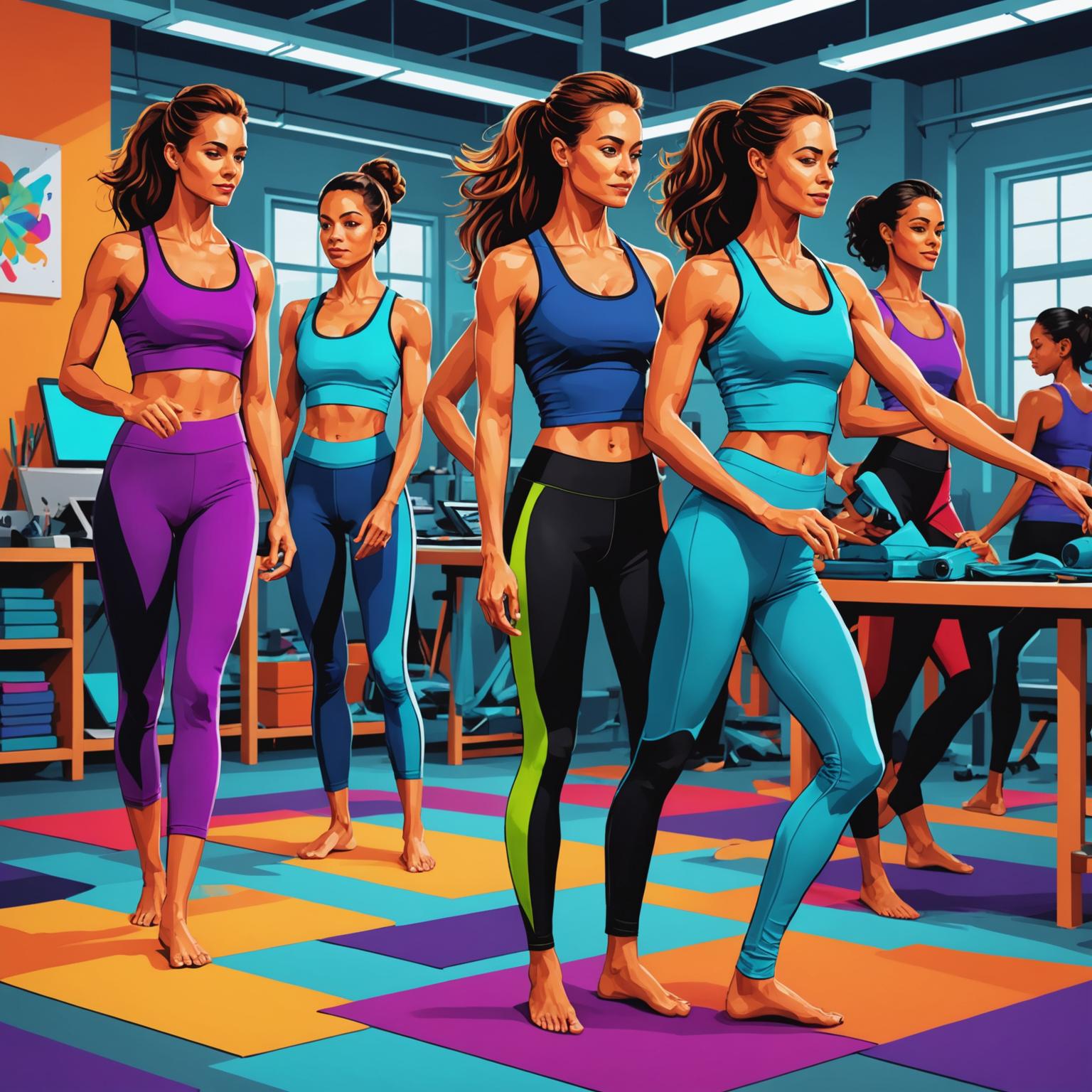The Unstoppable Rise of Spandex Fabric in Modern Textiles
The textile industry is constantly evolving, with innovations shaping how we experience clothing and other fabric-based products. In recent decades, few materials have had as transformative an impact as spandex fabric. Originally developed in the late 1950s, this remarkable synthetic fiber, also known by brand names like Lycra or as elastane, has surged in popularity, becoming a ubiquitous component in everything from high-performance athletic wear to everyday fashion. The trend towards comfort, flexibility, and body-contouring silhouettes has firmly cemented spandex's place in the market. Its unique ability to stretch significantly and then recover its original shape makes it an invaluable addition to countless garment types, driving a continuous trend of its increased adoption across global textile markets.
Elastane Material: The Science Behind Unmatched Flexibility
At its core, the magic of what many call elastane material lies in its unique polymer chemistry. Composed primarily of polyurethane, its molecular structure allows for exceptional elongation – typically up to 500-600% of its original length – without breaking, and crucially, it possesses a high degree of elasticity, meaning it snaps back to its original size once tension is released. This characteristic is what makes stretch fabric so appealing. The trend towards performance and comfort in apparel has been a primary driver for the increased demand for elastane. Unlike older elastic materials, spandex is lightweight, resistant to body oils, perspiration, and detergents, and can be spun with other fibers, both natural and synthetic, to create fabrics with a desired balance of comfort, durability, and stretch. This versatility is key to its enduring trend status in fabric innovation.
Spandex in Motion: Revolutionizing Yoga Pants and Dancewear Fabric
The rise of athleisure is perhaps the most visible trend fueled by spandex. Garments like yoga pants have transitioned from niche athletic wear to mainstream fashion staples, largely thanks to the unparalleled comfort and freedom of movement offered by spandex blends. The ideal yoga pants fabric needs to provide support, allow for a full range of motion, and maintain its shape through numerous washes and wears – qualities inherent to spandex-enhanced textiles. Similarly, dancewear fabric has been revolutionized by spandex. Dancers require garments that move with their bodies seamlessly, highlighting their lines while providing support. The elasticity and form-fitting nature of spandex make it indispensable for leotards, tights, and other performance attire, enabling artists to perform at their best without being restricted by their clothing. The trend shows no signs of slowing as consumers continue to prioritize active lifestyles and comfort in their apparel choices.
Innovations in Elastic Fabric: Exploring Spandex Fabric Types and Blends
The versatility of spandex extends to the various spandex fabric types and blends available, driving trends in specialized textiles. It is rarely used alone; instead, it's typically blended with other fibers like cotton, polyester, or nylon. For example, nylon-spandex blends, such as a "锦氨罗纹" (Nylon Rib Knit), offer a combination of durability from nylon and the stretch from spandex, often seen in intimate apparel or performance wear. Polyester-spandex blends, like a "阳涤横条氨纶汗布" (Polyester-Spandex Ribbed Knit), provide excellent shape retention, wrinkle resistance, and moisture-wicking properties, making them ideal for activewear and everyday garments. The trend is towards increasingly sophisticated blends, such as 100D Polyester-Spandex 1x1 ribbing, which offers structural texture and vibrant color possibilities. This continuous innovation in elastic fabric ensures that spandex remains at the forefront of textile development, catering to diverse functional and aesthetic requirements.
A Spectrum of Style: Trends in Dyeing Spandex Fabric
While the functional properties of spandex are its primary draw, aesthetics play an equally crucial role in its market success. The process of dyeing spandex fabric has evolved, allowing for a wide spectrum of vibrant and lasting colors, which is a significant trend in fashion and performance apparel. Initially, dyeing pure spandex or high-spandex content fabrics presented challenges, but advancements in dye chemistry and fabric processing have largely overcome these. Modern spandex blends can be produced in an array of hues, from soft pastel pinks, ideal for subtle sophistication, to bold, electrifying pinks that make a statement, or classic nautical stripes in blue and white. The ability to achieve excellent color fastness, ensuring that these vivid colors remain fresh wash after wash, is critical. This versatility in coloration means designers can fully leverage the comfort of spandex without compromising on visual appeal, aligning with trends that favor both expressive and minimalist color palettes.
The Future is Flexible: Trends Driven by Spandex Fabric Manufacturers
Looking ahead, the trends in the spandex market are being shaped by ongoing innovation from spandex fabric manufacturers and changing consumer priorities. There's a growing demand for more sustainable and eco-friendly textile solutions. While traditional spandex production is petroleum-based, research and development efforts are focused on bio-based spandex alternatives and improved manufacturing processes that reduce environmental impact. Some manufacturers are already highlighting production with a low environmental impact while maintaining top-tier quality. Furthermore, the trend towards 'smart' textiles could see spandex integrated with conductive fibers or sensors for wearable technology applications. As manufacturers continue to refine the properties of spandex – enhancing its durability, breathability, moisture management, and even adding new functionalities – its role in the textile industry is set to expand further, ensuring that this elastic fabric remains a cornerstone of comfortable, versatile, and innovative apparel for years to come.


